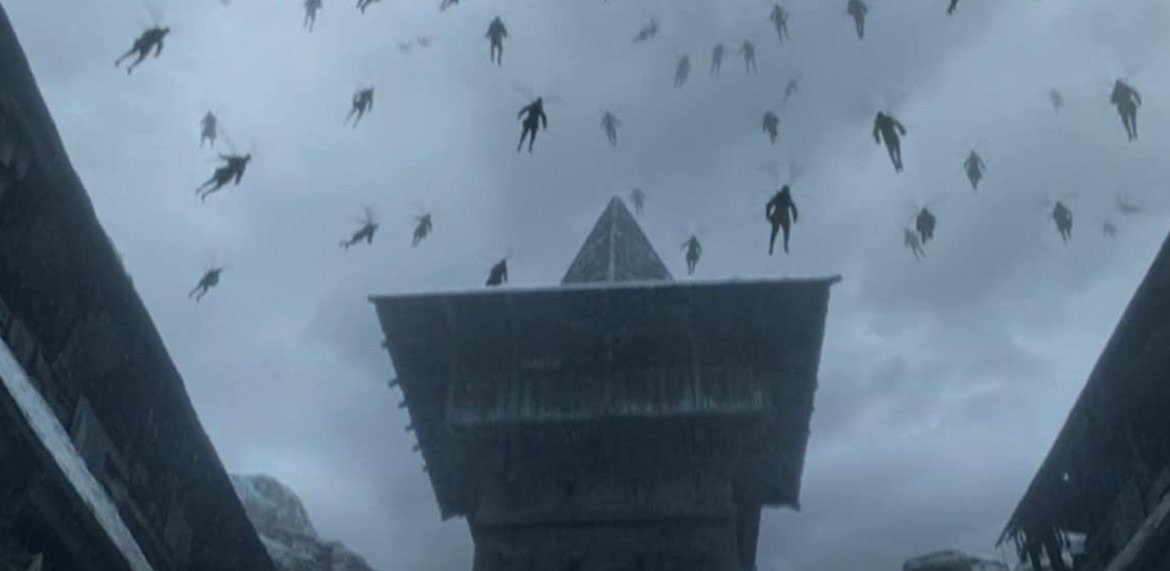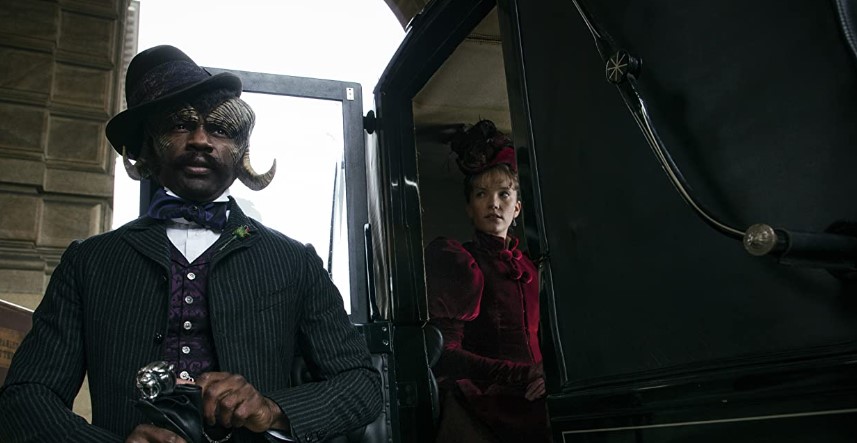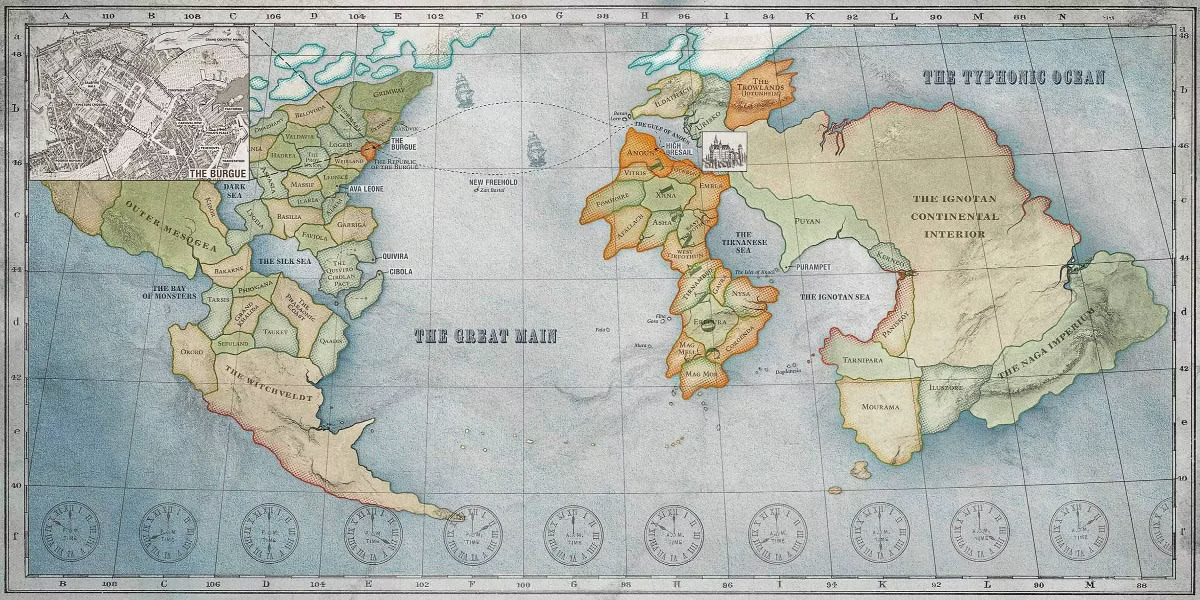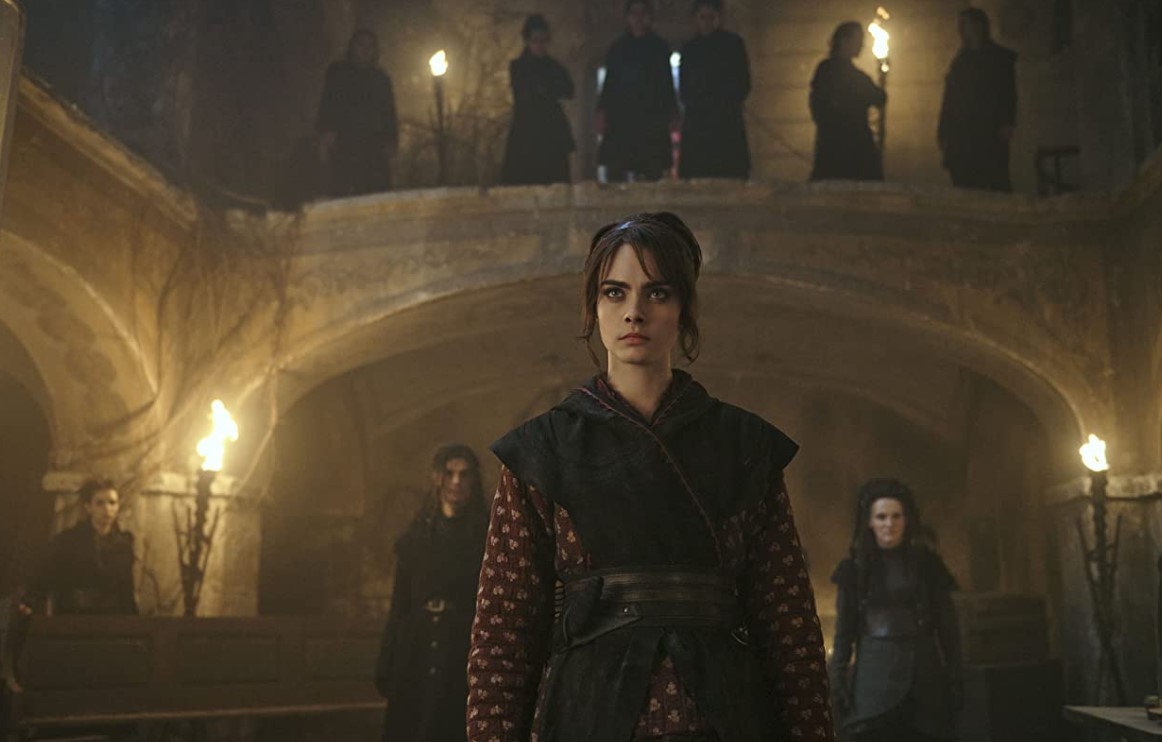Amazon Prime’s ‘Carnival Row’ tells the story of a world where both humans and magical creatures exist. Human wars have found their way into the fae lands leading to a mass exodus. The series is predominantly set in The Burgue, the capital of the Republic of the Burgue, where at least at the start of the series, humans and faes exist alongside each other in relative peace. However, society and the government are still overwhelmingly racist toward the faes, and the phrase “Critch” is part of that. Here is everything you need to know about it. SPOILERS AHEAD.
What is a Critch?
The word “Critch” is a derogatory term humans use to refer to the fae folk in general. There are also derogatory terms for various mythical races in particular. For instance, the faeries are also called pix, locust, and tink, whereas centaurs are referred to as hoss and nag. The fauns are sometimes called puck and trotter. Humans aren’t exempt from this. The other races, especially faeries, call them groundling and legger.

Series co-creator Travis Beacham developed ‘Carnival Row’ from a spec script he wrote for an unproduced film. Although the setting is undeniably fantasy, the writers heavily draw from the real world. The humans have been in the world not as long as some of the other races, but they are scientifically more advanced. When the story begins, humans are in the middle of an industrial revolution. With the rapid influx of fae refugees, labor has become cheap. While this has increased production several times, it has created a hostile human working class, furious at the faes as they are losing their jobs to them.
In an interview with Slash Film, Beacham reflected on balancing action set pieces and addressing real-life issues. “It’s funny, it’s the kind of thing I try not to be too aware of it,” he said. “I think it’s the kind of thing if I was too aware of it I might start to back away from some of it. It’s charging at it like a bull in a china shop, you know? ‘Oh, they’re here and shooting fairies down with machine guns,’ that way of thinking about it makes it work, I think.”

Beacham continued, “I think the rule I go to is less about what the audience would be comfortable with and what the audience is ready for and more thinking about, ‘What would happen in this world based on the rules I set up for this world?’ I think when you’re first talking about it, I think it’s good to think about how an audience might see it, but once you’re in the world and going episode-by-episode, I think it’s important to stick to the rules you have for your world. If you’re in another country, there’s war, and machine guns, you’re so in the world of writing it, that it doesn’t feel strange to you, if that makes sense.”
The continent of Mesogea is regarded as the cradle of humanity, while faeries used to live in the continent of Tirnanoc and had their own kingdoms and cultures until human empires turned Tirnanoc into a battleground. In most human nations, the faes have to endure rampant mistreatment. While The Burgue, under the leadership of Chancellor Absalom Breakspear, fights to change this, his efforts aren’t successful.

However, New Dawn, a socialist uprising of both faes and working-class humans against the ruling class of the Pact, is changing that. Guided by a faun leader, New Dawn establishes a society where equality is paramount. Humans and faes are free to love each other in the New Dawn territory. They also work together, as do men and women. New Dawn might have other problems, and they are explored in this season, but the organization has virtually eradicated racism in its territory.
Read More: Where Does Carnival Row Take Place? Setting, Explained


You must be logged in to post a comment.